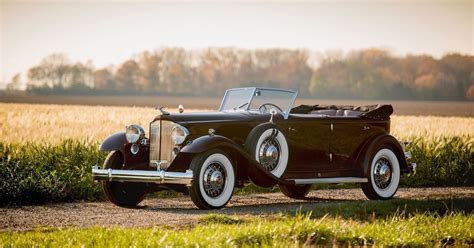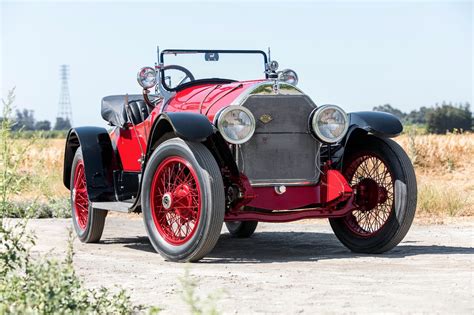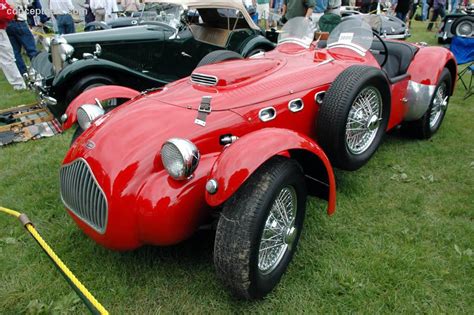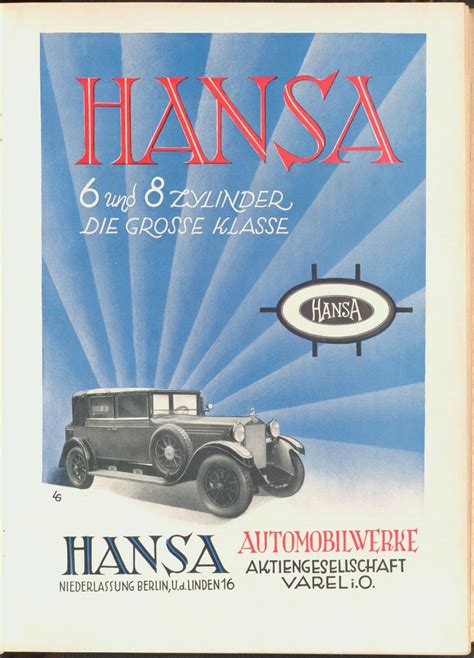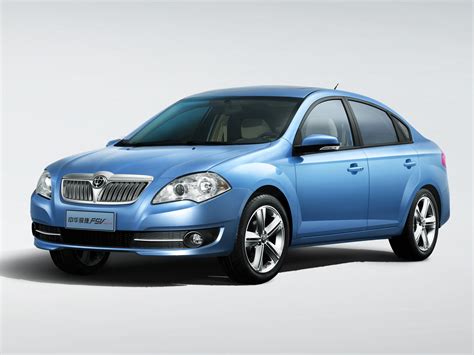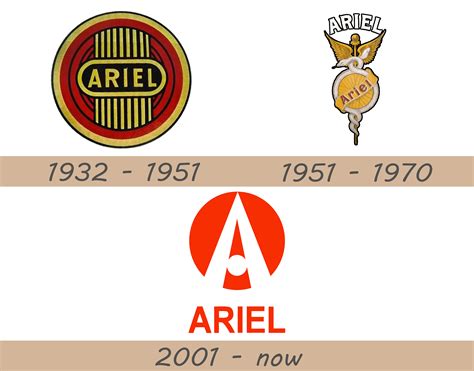Explore the beginnings, innovations, expansion, impact, and legacy of Packard cars in the automotive industry. Learn about Packard’s rich heritage.
Beginnings of the Packard Company
Contents
The Packard Car Company was established in 1899 by James Ward Packard and his brother William Doud Packard. The company was founded in Warren, Ohio, and initially began as a manufacturer of cars for other companies. After facing numerous technical issues with their first car, Packard decided to build their own automobiles.
In 1900, the Packard brothers showcased their first car, the Model A, at the New York City auto show. With its innovative features such as the steering wheel and a reliable 12-horsepower engine, the Model A quickly gained attention and brought success to the company. This marked the official beginning of the Packard Motor Car Company, a business that would go on to become a significant player in the American automotive industry.
With their focus on producing high-quality, luxury vehicles, Packard’s reputation grew rapidly. Their commitment to excellence and superior engineering set them apart, and by the early 1900s, Packard was recognized as a leading manufacturer of luxury automobiles.
As the company continued to expand, they moved their operations to Detroit, a city that was rapidly becoming the center of the auto industry. This strategic move allowed Packard to further establish themselves as a prominent name in the American car market and paved the way for their future successes.
Through their dedication to innovation, superior craftsmanship, and a relentless pursuit of perfection, the Packard Car Company laid the groundwork for what would become a long and impactful journey in the automotive world.
Innovations in Packard Automobiles
History of Packard Car Company
The Packard Car Company was known for its numerous innovations in the automobile industry. One of the most notable innovations introduced by Packard was the first 12-cylinder engine in the American market. This revolutionary engine, known as the Twin Six, was a major breakthrough in automotive technology and set a new standard for luxury and performance in cars.
In addition to the groundbreaking 12-cylinder engine, Packard was also the first company to introduce air conditioning in automobiles. This innovation made driving in hot weather much more comfortable and enjoyable, setting Packard cars apart from their competitors.
Another notable innovation from Packard was the introduction of power brakes in their vehicles. This breakthrough technology made driving safer and more efficient, paving the way for modern brake systems used in cars today.
Furthermore, Packard was also a pioneer in the development of automatic transmissions in automobiles. This innovative feature allowed for a smoother and more effortless driving experience, revolutionizing the way cars were operated.
Overall, the Innovations in Packard Automobiles played a significant role in shaping the automotive industry, setting new standards for luxury, performance, and safety in cars.
Expansion and Growth of Packard
The Packard Car Company experienced significant expansion and growth during its peak years in the early 20th century. As the demand for automobiles increased, Packard took advantage of the growing market and expanded its production capacity to meet the needs of consumers. The company invested in state-of-the-art technology and manufacturing processes to streamline production and enhance the quality of its vehicles.
With the introduction of innovative designs and engineering advancements, Packard was able to differentiate itself from other automobile manufacturers and attract a loyal customer base. The company’s commitment to excellence and continuous improvement fueled its growth and success in the competitive automotive industry.
As Packard continued to expand its operations, it established a strong presence in both domestic and international markets. The company’s reputation for producing luxury and high-performance vehicles allowed it to gain a significant foothold in the industry and compete with prominent automotive brands.
In addition to its expansion efforts, Packard focused on developing a comprehensive dealership network to make its vehicles more accessible to consumers. By strategically positioning its dealerships across the country, Packard was able to reach a broader audience and increase its market share.
Overall, the expansion and growth of Packard during its prime years solidified its position as a prominent player in the automotive industry and showcased its commitment to delivering exceptional vehicles to discerning customers.
Packard’s Impact on Automotive Industry
Packard was a pioneering company in the automotive industry, and its impact was felt far and wide. The company was known for its innovation and quality, and its influence on the automotive industry cannot be understated. One of the most significant impacts that Packard had on the automotive industry was its focus on luxury and high-quality vehicles. The company set a new standard for luxury automobiles, and many of the innovations that it introduced would later become industry standards.
Another important way that Packard impacted the automotive industry was through its production methods. The company was one of the first to introduce mass production techniques, and this helped to make automobiles more affordable and accessible to the general public. Packard’s focus on efficiency and productivity set the stage for the modern automotive industry and helped to shape the way that cars are manufactured today.
In addition to its focus on luxury and production methods, Packard was also a leader in design and engineering. The company produced some of the most iconic and influential car designs of its time, and it set new standards for aesthetics and functionality. Many of Packard’s engineering innovations would go on to become industry standards, and the company’s commitment to quality and performance helped to shape the way that cars are designed and built.
Overall, Packard had a profound impact on the automotive industry, and the legacy of the company can still be felt today. Its focus on luxury, production methods, and design and engineering set new standards for the industry and helped to shape the way that cars are manufactured and perceived. The influence of Packard can be seen in the products of many other automotive companies, and its impact on the industry is undeniable.
Legacy and Heritage of Packard Cars
When we talk about the legacy and heritage of Packard cars, we are talking about a brand that has left a lasting impact on the automotive industry. Packard was founded in 1899 by James Ward Packard, William Doud Packard, and their business partner George Lewis Weiss in Warren, Ohio. The company quickly gained a reputation for producing high-quality automobiles, making a name for itself as a luxury car manufacturer.
Throughout its history, Packard cars were known for their innovative designs and advanced engineering. The company was one of the first to introduce a steering wheel, breaking away from the traditional tiller design. Packard was also a pioneer in the use of aluminum in engine construction, resulting in lighter and more efficient vehicles.
The impact of Packard on the automotive industry cannot be overstated. As one of the leading luxury car manufacturers in the early 20th century, Packard set the standard for luxury and innovation. The company’s commitment to excellence and its reputation for producing high-quality vehicles have stood the test of time, cementing its place in automotive history.
While Packard ceased production in the late 1950s, the legacy of the brand lives on. Enthusiasts and collectors continue to admire and preserve Packard cars, showcasing their heritage at car shows and museums around the world. The timeless elegance and superior craftsmanship of Packard vehicles continue to capture the imagination of automotive enthusiasts, ensuring that the legacy and heritage of Packard cars will endure for generations to come.

